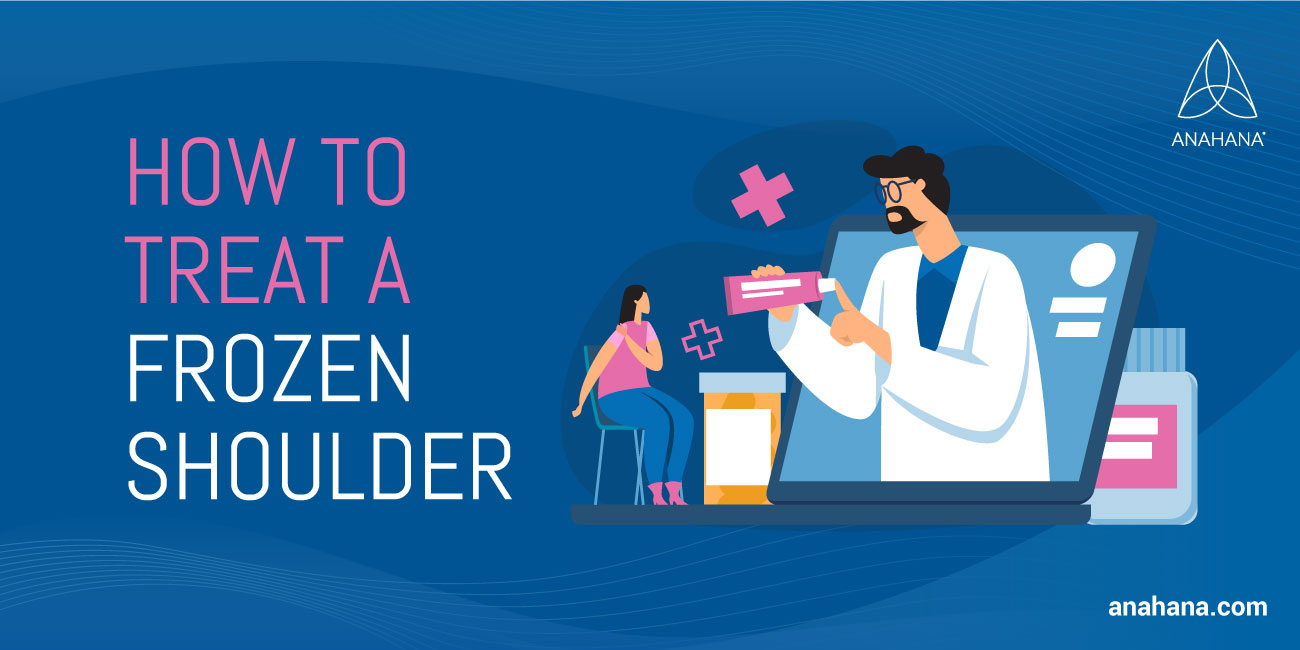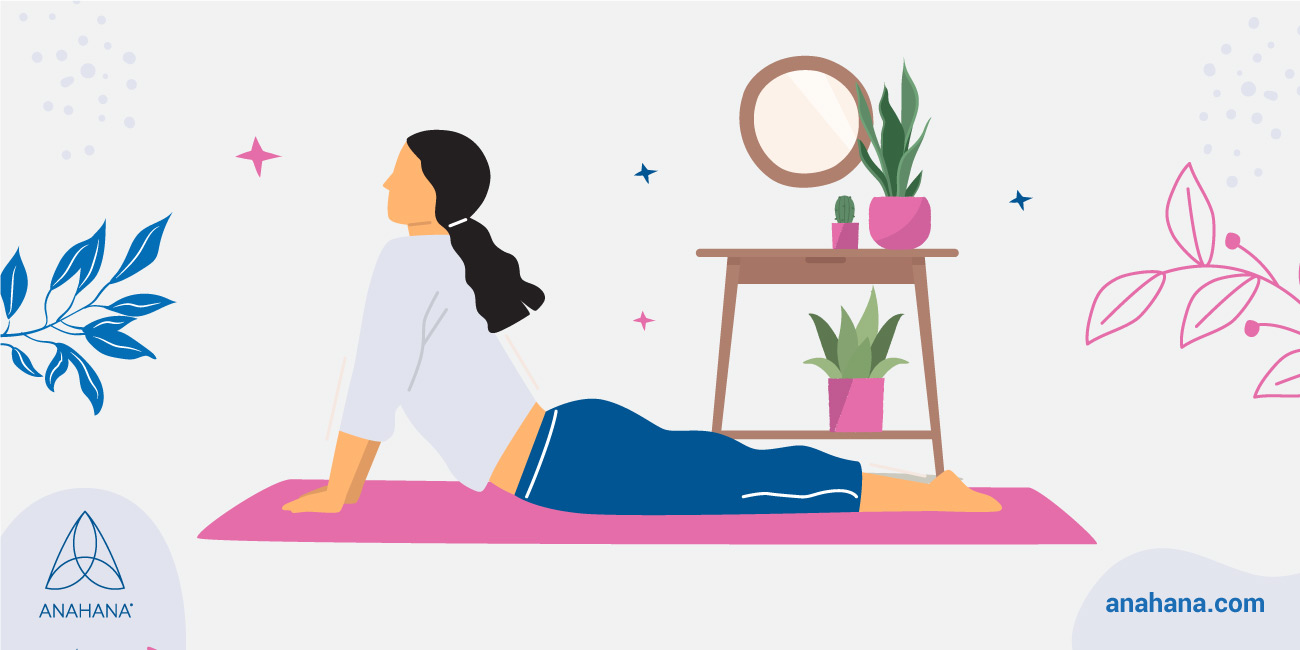5
What Is Frozen Shoulder?
Last Updated: November 5, 2024

Table of Contents
Understand the origins and symptoms of the Frozen Shoulder condition, also known as adhesive capsulitis, and discover the solution to ease the pain.
Key Takeaways
- Understanding Frozen Shoulder: Frozen shoulder, also known as adhesive capsulitis, is characterized by pain and stiffness in the shoulder joint, making movement difficult.
- Causes: It often develops gradually and can result from prolonged immobility, injury, or surgery, and is more common in people with certain health conditions like diabetes.
- Symptoms: The condition progresses through three stages: freezing (pain and limited movement), frozen (stiffness and severe pain), and thawing (gradual improvement).
- Treatment: Treatment includes physical therapy, medications, and in some cases, surgical interventions to improve shoulder mobility and relieve pain.
- Prevention and Management: Regular gentle stretching and range-of-motion exercises are essential in preventing frozen shoulder, especially after an injury or surgery.
A frozen shoulder is characterized by stiffness and severe pain in the shoulder joint. The shoulder joint is a ball-and-socket joint that allows for a wide range of motion in the arm. A frozen shoulder occurs when the connective tissue around the joint capsule becomes inflamed and stiff, often making shoulder movement painful and difficult.
What are the Symptoms of a Frozen Shoulder?
Symptoms of pain from a frozen shoulder are usually dull or aching, typically developing gradually. The first symptom is usually pain in the shoulder joint that worsens with time, followed by a loss of range of motion in the shoulder, making it feel stiff and difficult to move.
In some cases, the arm may feel weak as well.
Symptoms of frozen shoulder typically develop slowly in three stages:
- Freezing stage. Any shoulder movement causes pain, and the shoulder's ability to move becomes limited (2 to 9 months)
- Frozen stage. Pain might lessen during this stage, but the shoulder stiffness increases (4 to 12 months)
- Thawing stage. The shoulder's ability to move improves (5 to 24 months).
In some cases, full motion does not return entirely, and some stiffness remains after several years but does not cause functional impairment.
What Causes a Frozen Shoulder?
The process usually begins with a shoulder injury or inflammation of the soft tissues. Inflammation makes the pain worse with movement and limits the shoulder's range of motion. The strong connective tissue surrounding the shoulder joint becomes inflamed when the shoulder becomes immobilized. The shoulder capsule contains the ligaments that attach the top of the upper arm bone to the shoulder socket, holding the joint in place.
With a frozen shoulder, the capsule becomes so thick and tight that it's hard to move. Bands of scar tissue form, and there is less liquid called synovial fluid that keeps the joint lubricated. The pain is usually located in the outer shoulder area and sometimes the upper arm, making it difficult to move your shoulder.
The exact cause of the frozen shoulder is unknown, and it is more common in people with certain medical conditions, such as diabetes, thyroid disease, and Parkinson’s disease.
How is a Frozen Shoulder Diagnosed?
Your doctor will diagnose a frozen shoulder by asking about your medical history and performing a physical examination. Because it can be challenging to diagnose frozen shoulder as there are many other conditions with similar symptoms, they may also order imaging tests, such as X-rays, MRI (magnetic resonance imaging), or CT scans. This helps rule out other painful shoulder causes, such as a rotator cuff tear or shoulder blade fractures.
How is a Frozen Shoulder Treated?
 Most patients with frozen shoulders improve with time and have relatively simple treatments for pain relief and improved range of motion, such as physical therapy, ice, heat, and anti-inflammatory medication that reduce pain. To help manage pain, practitioners may also recommend prescribed painkillers.
Most patients with frozen shoulders improve with time and have relatively simple treatments for pain relief and improved range of motion, such as physical therapy, ice, heat, and anti-inflammatory medication that reduce pain. To help manage pain, practitioners may also recommend prescribed painkillers.
Doctors often recommend seeing a physical therapist who teaches home shoulder exercises that relieve shoulder pain and stiffness. Therapy includes stretching or range of motion exercises to loosen tight portions.
Shoulder arthroscopy is a procedure where your doctor will cut through tight portions of the joint capsule using pencil-sized instruments inserted through small incisions around your shoulder. In many cases, doctors combine manipulation and arthroscopy to obtain maximum results.
If your symptoms are severe and other treatments haven't worked after six months, a doctor may refer you to an orthopedic surgeon (a specialist in conditions that affect the bones and joints).
Full or near-full recovery occurs as normal strength and motion return. With many ways to treat a frozen shoulder, your doctor will recommend the best treatment for you after a physical exam.
Yoga for Frozen Shoulders
One of the best things you can do for a frozen shoulder is to keep moving. Gentle range-of-motion and stretching exercises can help prevent the condition from getting worse. Yoga is a great way to stretch and strengthen the muscles around the shoulder muscles. These yoga poses can help relieve pain and restore motion in the shoulder:
1. Cat-Cow Pose
This pose stretches the muscles in the back and shoulders. It also helps to improve the range of motion in the spine and neck.
To do this pose: Start on your hands and knees with your back in a neutral position. As you inhale, arch your back and look up toward the ceiling, and as you exhale, round your back and tuck your chin toward your chest. Repeat this sequence for 10-20 breaths.
2. Downward-Facing Dog Pose
This pose stretches the shoulders, chest, and back muscles. It also helps to improve the range of motion in the shoulders and spine.
To do this pose: Start on your hands and knees with your hands shoulder-width apart and your knees hip-width apart. As you exhale, lift your hips up and back, straightening your legs and extending your heels toward the floor. Your body should form an upside-down “V” shape. Keep your arms and legs straight and your core muscles engaged. Hold this pose for 1-3 minutes.
3. Cobra Pose
 Benefits: This pose stretches the chest, shoulders, and back muscles. It also helps to improve the range of motion in the spine.
Benefits: This pose stretches the chest, shoulders, and back muscles. It also helps to improve the range of motion in the spine.
To do this exercise: Lie on your stomach with your feet hip-width apart and your hands shoulder-width apart. Place your palms flat on the floor next to your ribs. As you inhale, lift your head and chest off the floor and look up toward the ceiling. Keep your shoulders down and away from your ears. Hold this pose for 30-60 seconds.
4. Child’s Pose
Benefits: This pose stretches the back, shoulders, and hip muscles. It also helps to relieve tension in the neck and back.
To do this pose: Start on your hands and knees with your feet hip-width apart and your knees hip-width apart. As you exhale, sit back on your heels and walk your hands forward until your forehead rests on the floor. You can also place a pillow or block under your head for support. Hold this pose for 1-3 minutes.
5. Shoulder Rolls
Benefits: This simple exercise helps stretch and strengthen the muscles around the shoulder joint capsule. It also helps to improve the range of motion in the shoulders.
To do this exercise: Sit or stand with your feet hip-width apart and your shoulders relaxed. As you exhale, roll your shoulders up, back, and down. Repeat this sequence ten times.
If you have a frozen shoulder, it’s essential to keep moving. These yoga poses can help stretch and strengthen the muscles around the shoulder joint, which can help relieve pain and improve the range of motion.
Risk Factors
Frozen shoulder is a relatively common condition that can occur at any age. It is most common in people between 40 and 60, and women are also more likely to develop frozen shoulders than men. The condition is more common in people with diabetes or other chronic health conditions.
How to Prevent Frozen Shoulder
There is no foolproof preventative method, but there are some things you can do to reduce your risk of developing a frozen shoulder:
1. Keep moving. Keeping your shoulder mobile is the best way to prevent a frozen shoulder. Gentle stretching and range-of-motion exercises can help keep the shoulder joint loose and flexible.
2. Avoid injury. If you sustain a shoulder or arm injury, follow your doctor’s instructions for rehabilitation exercises and avoid complete immobilization.
3. Control your diabetes. If you have diabetes, it’s essential to control your blood sugar levels. This can help reduce the risk of developing a frozen shoulder.
4. Quit smoking. Smoking can increase the risk of developing a frozen shoulder. If you smoke, quitting can help reduce your risk.
References
Frozen Shoulder (Adhesive Capsulitis): Causes, Symptoms & Diagnosis
Frozen shoulder: Causes, symptoms, and treatments
Frozen shoulder - Symptoms and causes - Mayo Clinic
Disclaimer
The contents of this article are provided for informational purposes only and are not intended to substitute for professional medical advice, diagnosis, or treatment. It is always recommended to consult with a qualified healthcare provider before making any health-related changes or if you have any questions or concerns about your health. Anahana is not liable for any errors, omissions, or consequences that may occur from using the information provided.

Dr. Darlene Buan-Basit is a highly experienced licensed Chiropractor and Pilates instructor with expertise in many techniques, including Medical Acupuncture, Traditional Chinese Medicine, and Advanced Massage Techniques.